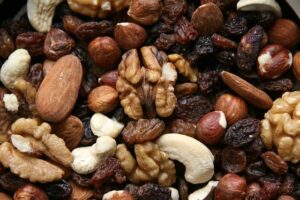Is Your Child Struggling with OCD? These Healthy Foods May Ease the Symptoms
For children living with mental health conditions like obsessive-compulsive disorder (OCD), a healthy diet and regular exercise are essential for managing the symptoms. So, what … Read more






